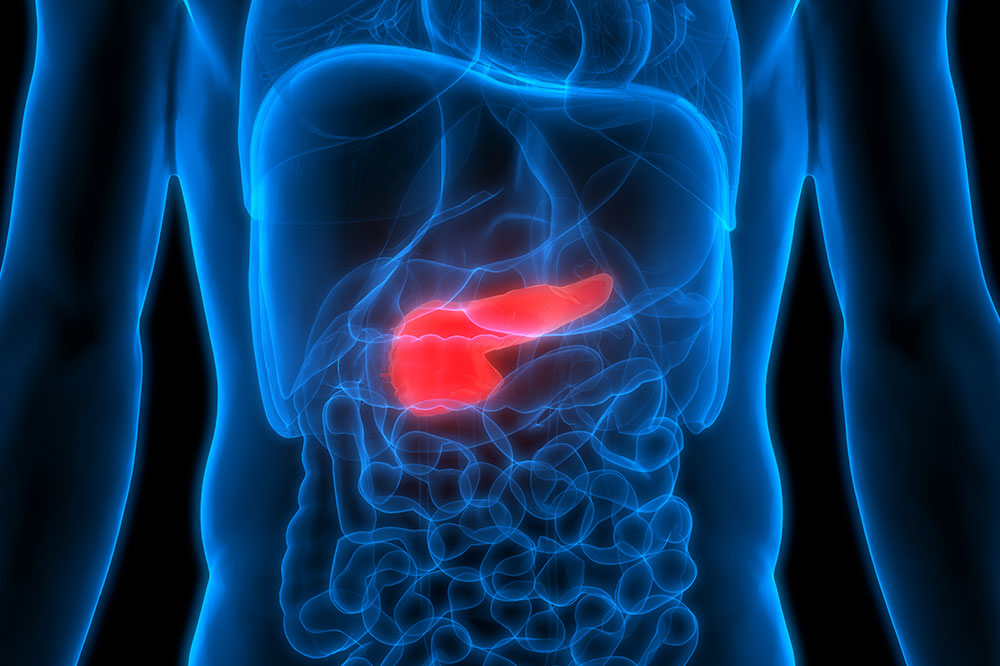
Effective Treatment Options for Pancreatic Cancer
Cancer treatment depends on the growth, spread, and location of cancer cells and the patient’s medical history, current health, and preference for a treatment plan. A cancer treatment plan usually combines various types of treatment and includes more than one health care professionals. The same holds for pancreatic cancer. This article discusses the common treatment options for pancreatic cancer.
1. Chemotherapy
Chemotherapy is one of the common treatment options for pancreatic cancer. It involves the administration of strong medications to kill cancerous cells. Several medications can be used in chemotherapy, and doctors may suggest using a single medicine or a combination of more than one, depending on the patient’s condition. For people with advanced-stage pancreatic cancer, chemotherapy helps relieve some symptoms and control the growth rate of tumors. That said, it can also cause side effects.
2. Radiation therapy
Radiation therapy uses high-frequency radiation, like X-rays and/or protons, to destroy the cancerous cells. It can be external or internal radiation therapy. The former is more commonly used and involves a machine shooting beams targeted at specific regions of the body, while the latter involves placing a radioactive substance inside the body to emits radiation and kill cancer cells.
3. Chemoradiation
As the name suggests, chemoradiation is a combination of chemotherapy and radiation therapy. This treatment option for pancreatic cancer is generally used when cancer hasn’t metastasized. The procedure can be performed before or after a surgical procedure to help shrink the tumor or reduce the chances of recurrence.
4. Surgery
The surgical treatment plan for pancreatic cancer is devised on the basis of the stage of cancer. The size, location, and spread of cancer are all important factors to consider, along with a patient’s medical history. The available surgical treatment options for pancreatic cancer include the following:
- Removal of the head of the pancreas
Pancreaticoduodenectomy or the Whipple procedure is performed to treat cancer that is present only in the head of the pancreas. It involves the removal of the head of the pancreas, the duodenum, the bile duct, and the stomach. The surgeon then reconnects the digestive tract and biliary system for proper digestion. - Removal of the pancreatic body and tail
Cancer in the tail of the pancreas requires a surgical procedure called distal pancreatectomy. This involves the removal of the tail and body of the organ, and the spleen may also be removed. - Complete removal of the pancreas
Total pancreatectomy is a surgical procedure that involves the complete removal of the pancreas. This procedure is performed if cancer has spread throughout the organ but can be removed. The removal of the pancreas may give the patient a better outcome than living with the risk of recurrence, but it requires the patient to be on insulin for life.


